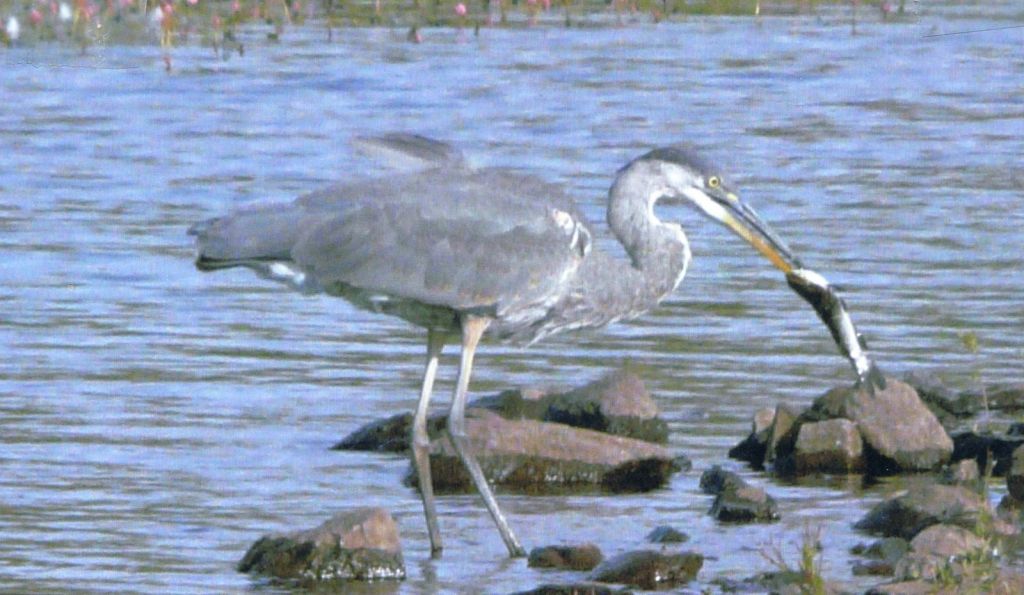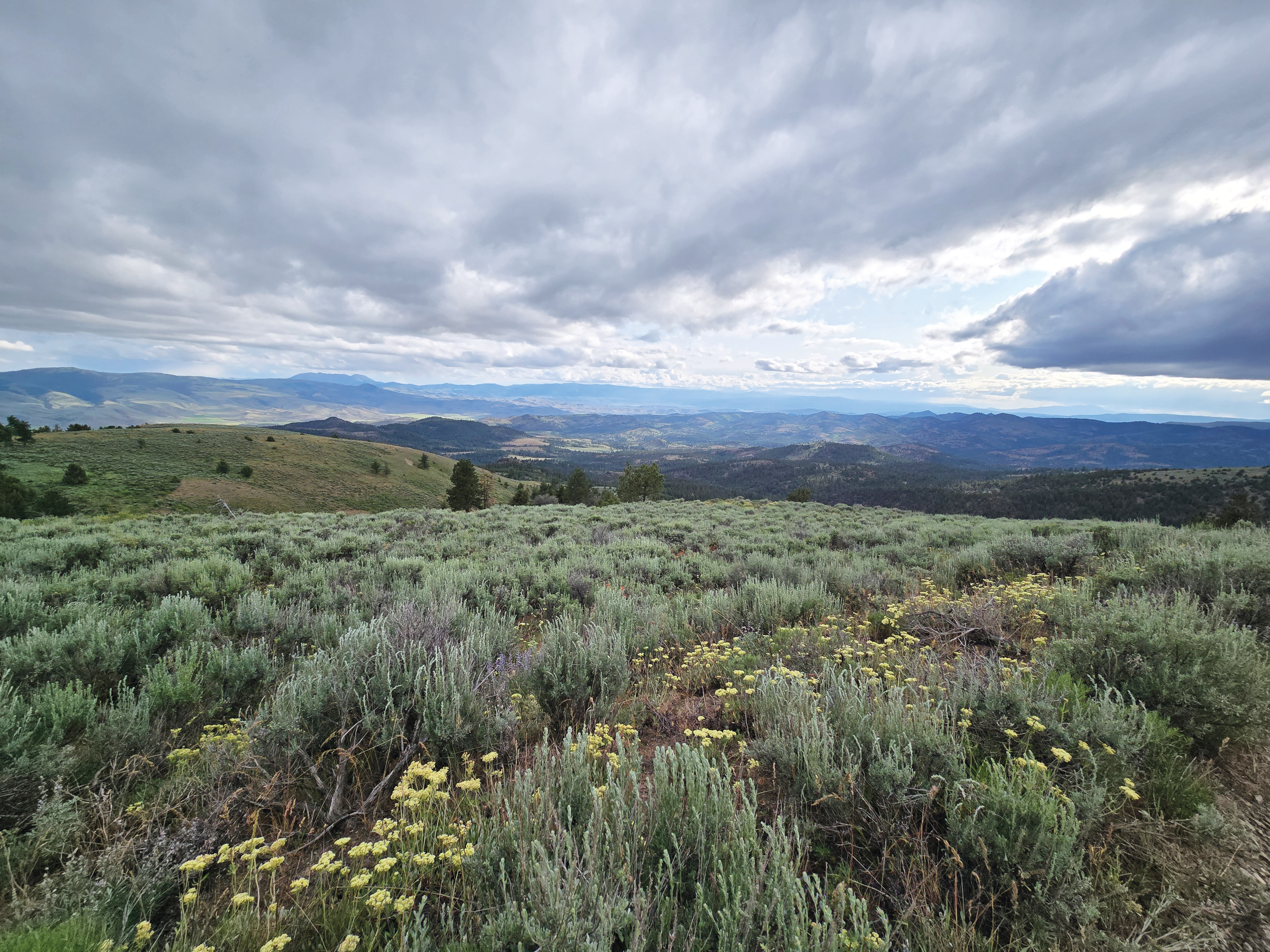Great blue heron enjoys varied diet
Published 3:31 am Wednesday, October 8, 2014

- photo A great blue heron prepares to swallow a whole fish, head-first, at Kinney Lake.
This rare picture of a great blue heron was taken by a friend of mine at Kinney Lake. It had just caught a 10-inch trout and was getting ready to swallow it. They always swallow their prey whole, and head first.
Great blue herons are efficient at catching small fish, but their diet includes frogs, salamanders, crayfish, eels, snakes and insects.
Here in Wallowa County when the ponds freeze over in winter, these herons can be seen in the middle of farm fields where they catch mice and gophers. Fortunately, Prairie Creek and the upper Wallowa River do not freeze up in winter, so they have plenty of open water for fishing.
One thing common to great blue herons is they make their nests in colonies. One of these rookeries is on the Perry Johnston ranch near Wallowa where they nest in the tops of tall cottonwood trees. You can see their huge nests from the highway in winter when the cottonwoods shed their leaves. They raise four or five chicks by regurgitating half-digested food into their beaks.
Herons have the ability to see at night and they are quite active during full moons, but most of them feed during daylight. By the way, I have seen them wiping out a duck’s nest by eating all of their eggs. Fish hatcheries have to put screens over their rearing ponds, or the herons would take a heavy toll on the fingerlings.
Almost all of the members of the heron family became nearly extinct because of their plumage being used to adorn ladies’ hats years ago. They are all protected now, so they have made a very large recovery. They can be seen here in the Wallowa Valley all year long even though they have a hard time finding enough food during our long, cold winters. Watch for them.






